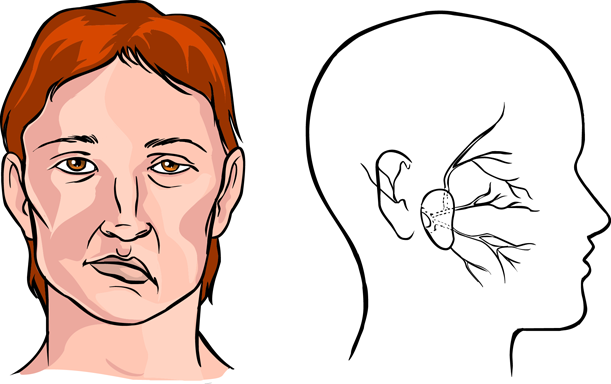
Stroke can be defined simply as the loss of some function of the brain due to vascular causes. It is generally known as a stroke among the people, but not every stroke is a stroke because it does not originate from the cerebral vessels (for example, polio, most facial paralysis). It may be the result of atherosclerosis or bleeding. As a result, symptoms occur according to the region that has lost its function. For example, when there is a blockage in the left side of the brain (middle-outer regions), the patient experiences loss of strength and sensation in the face-arm-leg and speech disorder on the opposite side, while speech is preserved when the same region is affected on the right side.
What causes stroke?
Since the causes of heart attack are better known among the public, we can go through this example. Just as high blood pressure, high cholesterol, diabetes, obesity and smoking cause occlusion in the heart vessels and impair the blood supply of that area, causing a stroke to occur in the brain for the same reasons. In addition, especially in the elderly, a stroke can occur when the clots formed as a result of irregular circulation in the rhythm disorders of the heart break off and reach the brain vessel and block it. Bleeding mostly occurs as a result of high blood pressure when the vessel wall loses its elasticity and durability due to the reasons mentioned above.
Can stroke be prevented? What is the treatment?
Stroke can be prevented to a large extent by interventions for blood pressure, cholesterol, blood sugar, weight control and rhythm disorders. As a preventive measure, if the patient is at risk, drugs can be given to prevent blood from clotting or collapsing. Contrary to common belief, the treatment of stroke is not the opening of the clogged vessel with medication or surgery. Rarely, in a very limited number of patients, good results can be obtained by administering an unblocking drug in the first few hours, but these drugs are not given if they are not suitable for the patient since they also have a high risk of bleeding. These drugs cannot be given if the stroke has already developed as a result of bleeding. Stroke is treated differently depending on the cause. In stroke that has occurred as a result of obstruction, drugs are given to prevent blood from clotting or collapsing, and the aforementioned risk factors are tried to be controlled more tightly. If it is caused by bleeding, more emphasis should be placed on blood pressure control. Of course, other risk factors are also closely monitored and intervened. In the later period, the patient’s regular physical therapy constitutes the backbone of the treatment.
Will the stroke be cured?
Recovery of stroke depends on the size of the damaged area of the brain and other co-existing diseases with the age of the patient. In particular, it is very important to receive good physical therapy and to comply with this treatment. As a result, the patient who has had a stroke may have almost no symptoms or may not improve at all. However, it is often unpredictable how long and at what rate the patient will recover. Maximum improvement is seen in the first 6 months.

